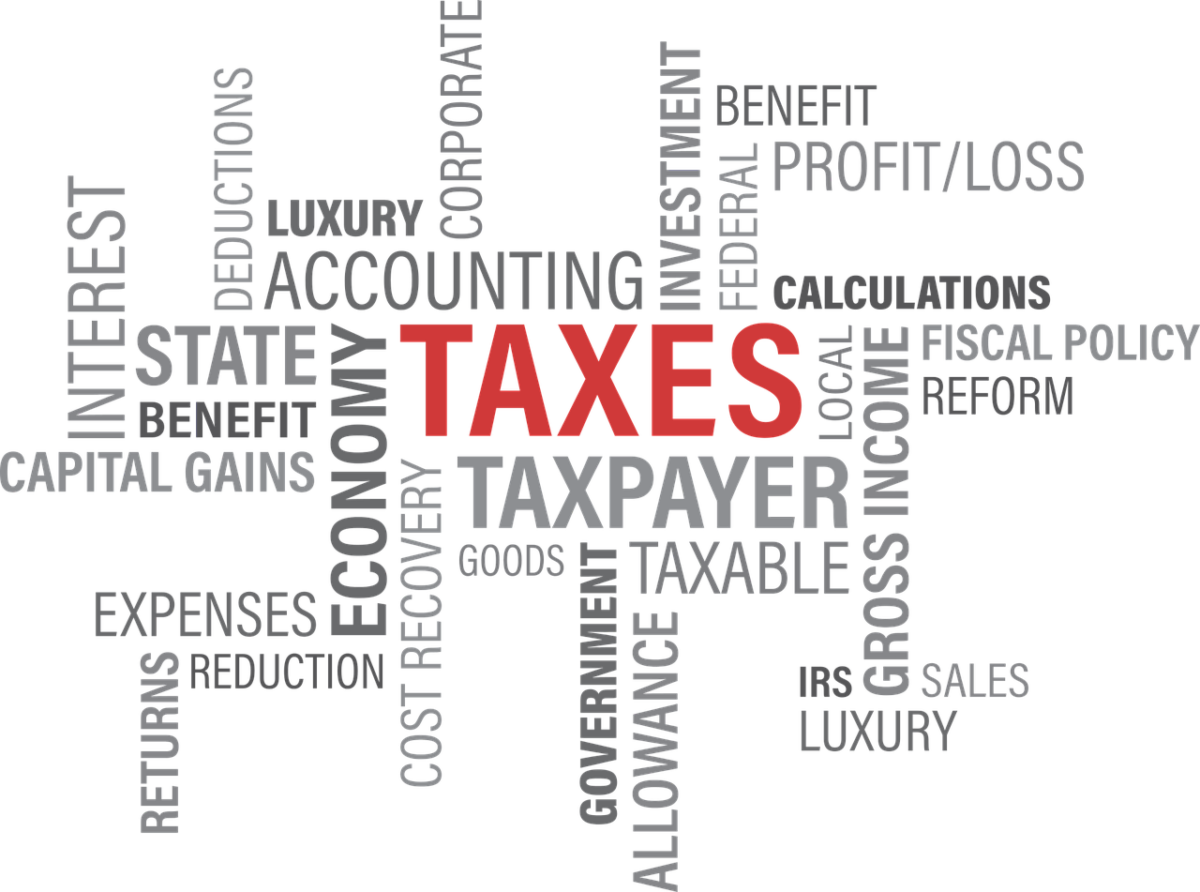The Office of Management and Budget reports that between 2010 and 2018, the wealthy paid an average of 8.2 percent of their income from their wealth, and a large part of their wealth went untaxed. There are 22 different tax brackets in 2022, with the highest rate at 37 percent, making the taxation system confusing at best.
That estimate is at odds with millionaire Warren Buffett’s statement in 2013, who famously said he pays lower taxes than his secretary. The wealthy pay less in taxes for multiple reasons. The first is that their income is derived from dividends, stocks, and capital gains from investments, rather than wages, that are taxed at a lower rate of 20 percent.
Additionally, a tax code feature called “stepped up basis,” says gains on an asset is never subject to income tax if an asset isn’t sold during the owner’s lifetime. That continues when the wealthy pass it on to their heirs.
That means that a significant amount of the wealthy’s income will never appear on their income tax return. A study by the White House in Sept. 2021 showed that the wealthy paid an average of 8.2 percent in actual taxes, while the typical middle-class family paid 13.3 percent.
Taxes are just one component of a highly complicated and complex tax code that enables the ultra-rich to pay a small fraction of taxes on their actual wealth. They use legal loopholes that includes depreciation, hiring their children, deducting business expenses, and rolling forward business losses.
Other legal methods of avoiding income taxes are deducting interest payments on debt, claiming investment losses, and like-kind exchanges of property. The wealthy also claim a deduction when they transfer money to their own philanthropic foundations.
For millions of Americans, the avenues used by the wealthy aren’t available to the average taxpayer. It’s also interesting to note that in the 1950s and 1960s, the federal income tax rate was 91 percent for the wealthy, down from 94 percent in 1944-1945. The tax rate for the wealthy has steadily been decreasing since then.
At Peavy and Associates PC our mission is to assist you with all your tax preparations, payroll and accounting needs. We provide our clients with professional, personalized accounting services and guidance in a wide range of financial and business needs. Give us a call today and discover why our clients return to Peavy and Associates, PC year after year!



